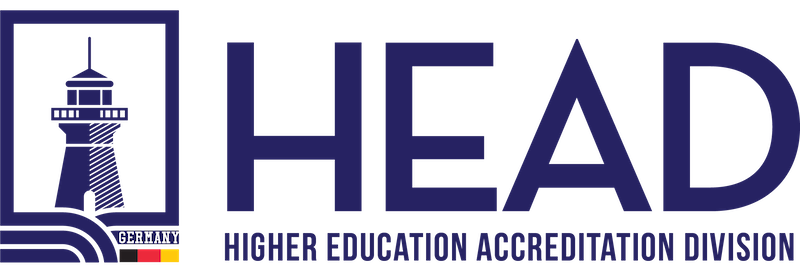Demonstrating Leadership and Commitment: Integrating EOMS Requirements into Educational Organisations Management

Introduction
In the dynamic landscape of educational organizations, the need for efficient and effective management systems has become paramount. The Educational Organisations Management System (EOMS) provides a structured framework to ensure the quality and continuous improvement of educational institutions. At the heart of the successful implementation of EOMS lies the leadership and commitment of top management. In this article, we delve into the significance of top management’s role in integrating EOMS requirements into the business processes of educational organizations.
The Role of Top Management
Top management plays a pivotal role in the success of EOMS implementation. Their leadership and commitment set the tone for the entire organization and determine the level of success the system achieves. Here’s how top management’s involvement is crucial:
- Setting the Vision and Objectives: Effective leaders articulate a clear vision for their educational institution’s future, aligning it with the principles of EOMS. They set specific objectives that reflect the institution’s commitment to delivering quality education and fostering continuous improvement.
- Aligned Strategy: EOMS is not a standalone entity; it should be seamlessly integrated into the organization’s business processes. Top management must ensure that the institution’s overall strategy aligns with EOMS requirements. This alignment ensures that quality is not an isolated aspect but a central focus of all operations.
- Resource Allocation: The commitment of resources, including financial, human, and technological, is a testament to top management’s dedication to EOMS integration. Adequate allocation of resources ensures that the necessary tools and personnel are available to implement and sustain EOMS practices.
- Leading by Example: Effective leaders don’t just preach; they practice. Top management’s active involvement in adhering to EOMS requirements sends a powerful message throughout the organization. When leaders themselves embrace and demonstrate the value of EOMS, it encourages everyone else to do the same.
- Communication and Transparency: Open communication channels between top management and other staff members are essential. Regular updates on EOMS progress, sharing success stories, and addressing challenges demonstrate transparency and foster a sense of collective responsibility.
- Monitoring and Review: Top management oversees the progress of EOMS implementation by setting up regular reviews and assessments. This ensures that the system remains aligned with the institution’s objectives and facilitates necessary adjustments if required.
Benefits of EOMS Integration
When top management takes the lead in integrating EOMS requirements into an educational institution’s business processes, several benefits emerge:
- Enhanced Quality: EOMS’s focus on continuous improvement and standardized processes leads to a higher quality of education delivery.
- Stakeholder Confidence: Demonstrating commitment to EOMS enhances the institution’s reputation and fosters confidence among students, parents, and other stakeholders.
- Efficient Resource Utilization: Integration of EOMS optimizes resource allocation, leading to better utilization and reduced wastage.
- Innovation and Adaptability: The systematic approach of EOMS encourages innovation and adaptability to changing educational trends and technologies.
- Sustainability: EOMS promotes sustainability by ensuring that quality practices are ingrained in the organization’s culture, making it more resilient to changes.
Conclusion
In the realm of educational organizations, the integration of EOMS requirements into business processes is not merely a task but a strategic imperative. Top management’s leadership and commitment are instrumental in driving this integration, creating a ripple effect that permeates throughout the institution. By fostering a culture of quality, continuous improvement, and dedication to education, top management sets the foundation for a successful EOMS implementation that ultimately benefits students, educators, and the entire educational community.
Would you like to speak to one of our Higher Education Accreditation Expert? Just submit your details and we’ll be in touch shortly. You can also email us if you would prefer.

